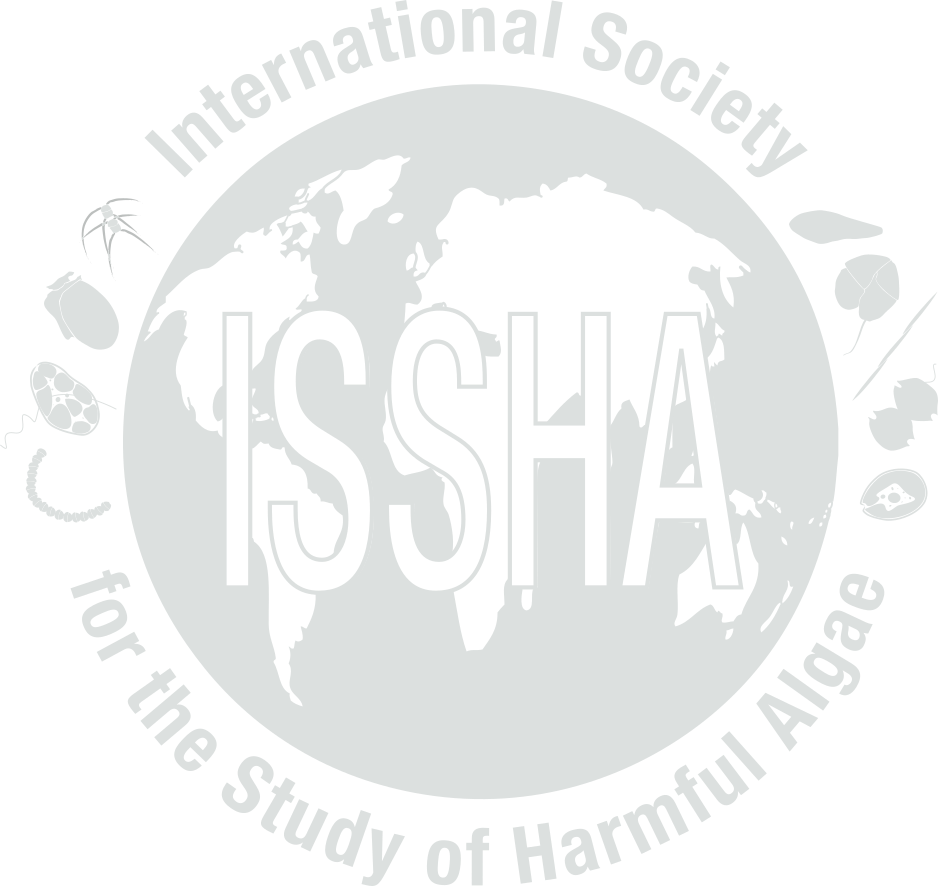


| Event name: | US-94-011 | |
| Country: | UNITED STATES | |
|
Nature of the harmful event: |
Water Discoloration , Mass mortalities , Other ( Respiratory irritation.) | |
|
Event directly affected: |
Humans | |
| Toxicity detected: | No | |
| Associated syndrome: | NSP , Aerosolized toxins effects | |
| Unexplained toxicity: | No | |
| Species implicated in toxin transmission (transvector): | ||
| Report the outcome of a monitoring programme: | Yes | |
| Event occurred before in this location: | Yes (No occurrence in 1993; September 1992-January 1993; January-February 1991; February-March, October-November 1990; March-May 1989; October-December 1988; January/February, May-July, September/October 1987; September-December 1986; September-December 1985; January-March, May-August, 1984; January/February, October-December 1983; January-April, July-October 1982; September/October 1981; January/Febraury, June-November 1980; and before.) | |
| Individuals to contact: | STEIDINGER, Karen A. | |
| Location: | Latitude: , Longitude: | |
| General location information: |
, Florida. HAB Area code(s): US-15 US-16 |
|
| Additional location information: | Pinellas to Collier County (1994) Area 16; Collier to Monroe County (1995) Area 16; Monroe to Palm Beach County (1995) Area 15. | |
| Bloom event dates (yyyy/mm/dd): | Start: 1994-09-10, End: 1995-02-26 | |
| Quarantine levels dates (yyyy/mm/dd): | ||
| Additional date-related information: | 16 September 1994 through February 1995 and on-going (as of 26 February 1995) in southwest Florida. | |
| Causative organism known: | Yes | |
| Causative Species/Genus: |
Gymnodinium breve
(> 30,000,0 cells/L)
|
|
| Co-Ocurring Species/Genus: | ||
| Chlorophyll concentration, if known: | µg/l | |
| Additional bloom information: | Inshore and coastal surface up to 12 miles offshore. | |
| Event-related bibliography: | ||
|
||||||||||||||||||||||||||
| Nutrient information: | ||||||||||||||||||||||||||
| Temperature Range During Event: | Max: 28 °C, Min: 16 °C | |||||||||||||||||||||||||
| Salinity Range During Event: | Max: 36, Min: 26 | |||||||||||||||||||||||||
| Bloom location in the water column: | ||||||||||||||||||||||||||
| Growth: | Advected | |||||||||||||||||||||||||
| Growth Comments | Advected population from offshre waters between Tampa Bay and Charlotte Harbor. In January-February, G. breve bloom in southwest Florida offshore shelf waters entrined and transported south. Bloom concentrations found on the Atlantic side in February. A | |||||||||||||||||||||||||
| Additional Environmental information: | Occurred in nearshore and shelf waters. | |||||||||||||||||||||||||
|
|||||||
| Kit used: | Type of kit used: | ||||||
| Additional information: | |||||||
| Economic losses: | |||||||
| Management decision: | Shellfish harvest bans due to Gymnodinium breve red tide - lower Tampa Bay, 21 September 1994 to 25 January 1995; Boca Ciega, 26 September 1994 to 25 January 1995; new pass fall closure due to rainfall, kept closed until 27 January 1995; Lemon Bay fall cl | ||||||
| Additional harmful effect information: | Dead fish - inshore and offshore. Water discoloration brownish-red in some areas. Respiratory irritation from Pinellas to Lee County. | ||||||
